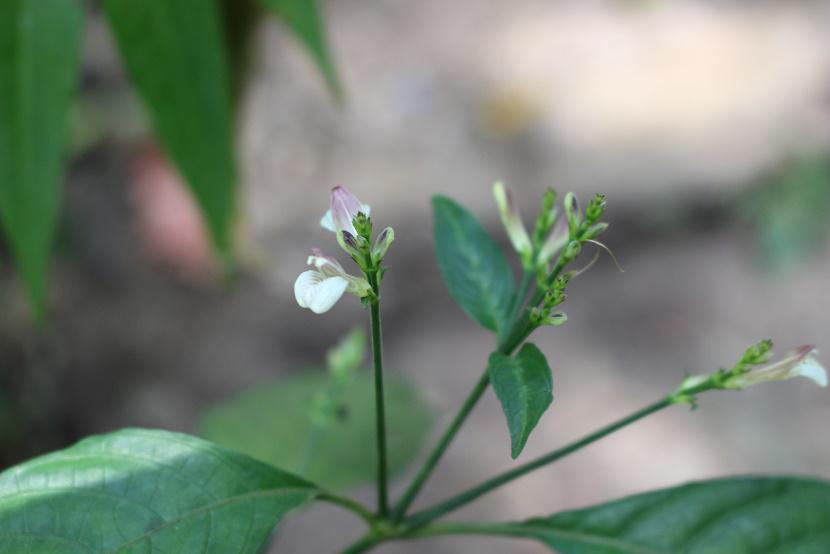Kanokorn Rueangsawang
This project aims to assess the conservation status of endemics and threatened Justicia species and to evaluate information about the distribution patterns, population status, relationship between endemic species and specificity of their habitats.

Shrimp plant.
Thailand is one of the rich biodiversity countries, especially in the Northern region. It is influenced by Indo-Burmese and Indo-Chinese floristic elements. The northern part of Thailand contains ridges and deep or narrow valleys and natural forests, i.e. dry deciduous forest, dry hill evergreen, montane temperate forests and limestone forests. The majority areas are protected under national parks and wildlife sanctuaries. However, rapidly developing country has resulted in increased demand for land and agricultural use, which are the major cause to destroy natural areas. In addition, the impacts of global climate change also influence ecology and microhabitat of plant and animals species.
The genus Justicia or the shrimp plant belongs to Acanthus family. Fifty species are found in Thailand which are the largest diversity in the continental Southeast Asia. Some species are used as local traditional medicine. For example, the leaves and roots of J. adhatoda are useful remedies against coughs, asthma, phlegm and fever. In addition, the leaf of J. betonica is taken for diarrhea. J. gendarussa is used during the feverish stages of malaria to reduce fever. J. procumbens and J. fragilis are used for the treatment of diuretic and blood tonic respectively.
The northern part of Thailand contains the highest number of Justicia species at least 60% of all endemic species. Almost species are horticultural and economic importance. The flowers and the bracts of some species are large and showy, making them popular ornamentals. Characteristically, the shrimp plant has either perennial or annual herbs or subshrubs. Leaves are opposite decussate. Inflorescences are simple spikes and each flower is subtended by two bracts. Flowers is pale green, cream or white and ranges between 0.3-3 cm in length. The corolla is always zygomorphic and 2-lipped, the lower lip has 3-lobed and the upper lip has 2 shallow lobes with purple markings. The pattern and colour on the lower lip is a typical characteristic of systematic significance. Fruit is a 2-valved loculicidal capsule and usually has 4-seeds. The members of species can grow in various forest types at different altitudes ranging from 0-2,500 m.